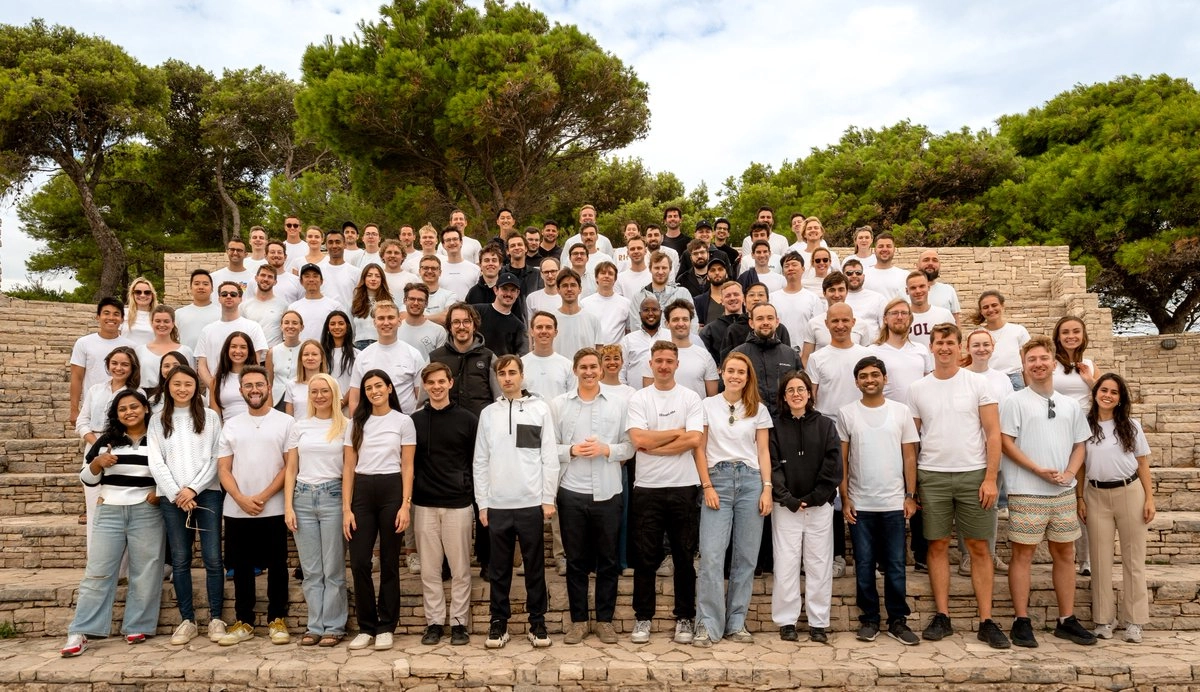The global banking system ended last year with fresh regulations, headlinemaking cyber breaches, and a record $80 billion spent on risk and compliance, according to the FDIC 2024 Risk Review.
New rules under Basel III’s “Endgame” will raise capital requirements. The Basel III Monitoring Report indicates an average increase in risk-weighted assets of roughly 9% for the world’s largest banks.
For senior executives, the takeaway is simple: you need more quantitative firepower. Poland, already home to thousands of risk modellers working for global banks, has emerged as one of the most costeffective places to find that talent.
What a Risk Quant Does
To keep things simple and organized, let’s focus on the essentials. A risk quant is the engineer behind the dashboards that tell a bank how much danger it is in and how much capital it should hold. This depends on the risk type and daytoday work changes. Risk quants typically research four types of hazard, and we’ll take a look at each one in turn.
Market Risk
Interestrate and FX swings can erase profits in minutes. A risk quant’s job is to build pricing libraries, test stress scenarios, and explain model limits to regulators. Under the Fundamental Review of the Trading Book, banks must switch from ValueatRisk to Expected Shortfall, a more demanding metric that requires new code and significantly cleaner data.
Credit Risk
Losing money when borrowers default, whether on mortgages or derivatives, is a key challenge banks face. Risk quants estimate the odds of default and the size of any loss, often with machinelearning overlays. Rising consumer debt and tighter stress tests under IFRS 9 and CECL make these models central to board conversations.
Liquidity Risk
A bank has to be able to pay its bills even in a crisis. Risk quants model intraday cash flows, track collateral, and keep the Liquidity Coverage Ratio above regulatory floors. Basel III’s output floor will nudge LCR buffers higher, forcing institutions to squeeze more efficiency out of every euro held in liquid assets.
Operational Risk
This category covers anything from a cyber attack to an AI model gone rogue. Risk quants map key risk indicators, build scenario databases, and set capital under the Standardised Measurement Approach. The U.S. Treasury AI Report warns that supervisory expectations for model governance are about to tighten. This is especially true for machinelearning systems.
Why Poland?
First off, it has a ready talent pool. Polish universities enrolled 1.25 million students last year and graduated more than 74,000 STEM specialists, according to Statistics Poland.
Poland also enjoys the benefit of having a cost advantage with no quality tradeoff. The ELA Graduate Tracking System shows median firstyear pay just above €1,300 per month. That’s about onethird of the London equivalent.
Local teams have global focus too, and already support ECB, PRA, and Fedregulated entities from headquarters in Warsaw, Kraków, and Wrocław.
Finally, Poland is in a timezone sweet spot: GMT+1 lines up nicely with both European desks and the first half of the New York trading day.
What Employers Want
| Skill | Why it counts |
| Python & C++ | Core languages for risk engines and realtime pricing. |
| Cloud knowhow | Banks are rebuilding risk infra on AWS and Azure. |
| Stochastic calculus and ML | The maths behind Expected Shortfall, PD/LGD, and anomaly detection. |
| Clean communication | Regulators now ask quants, not managers, to explain model limits. |
Verita HR’s Quant & Risk desk keeps an active network of over 3,000 screened Polish quants. We use proprietary coding challenges, peer referrals, and behavioural interviews to cut timetohire to days, not weeks.
A Recruiter’s View – Verita HR
Patrycja Skwiot-Włodarska, Recruitment Manager at Verita HR Group, has noticed that in Poland there has been a maturing quant ecosystem.
“Major financial institutions are no longer just offshoring execution work—they are building full-cycle model development teams here,” she says. “Warsaw, Kraków, and Wrocław are emerging as true centres of excellence, with Polish quants often taking ownership of model architecture, regulatory presentations, and internal validation.”
Pointing to Verita HR’s curated talent pool of 3,000+ verified Quants in Poland, she adds: “Our experience shows that matching the right candidate to the correct risk vertical — not just by coding skill, but also by business alignment — is what shortens time-to-productivity post-hire. Misalignment here leads to costly onboarding and retraining cycles, particularly when teams are distributed across multiple risk functions.”
Rising Demand for Multi-Skilled Talent
Skwiot-Włodarska says there has also been increasing employer demand for cross-functional skills such as market risk quants who can support regulatory stress testing, or credit risk modellers who understand cloud-based MRM systems.
“Soft skills, especially the ability to communicate model assumptions and limitations directly to regulators, are now non-negotiable,” she says. “Poland continues to offer a rare combination of technical depth, international banking exposure, and economic efficiency.”
However, she warns that competition is rising fast. “Differentiating between Quant Analyst, Quant Developer, and Quant Researcher roles — and further aligning those to the specific type of risk they will manage — is no longer optional,” adds Skwiot-Włodarska. “It’s a competitive advantage.”
How We Work
- Discovery call: Tell us the risk you need to tackle.
- 48hour shortlist: We present prevetted candidates with code samples and reference checks.
- Seamless onboarding: From contract negotiation to local compliance, we handle the admin so your quants can start modelling.
Ready to Raise Your Game?
Email [email protected] or visit veritahr.com.
Let’s build the team that keeps your capital and your reputation safe.
Verita HR offers services including RPO | Permanent Recruitment | Outsourcing | Media Services
Author: Mark Ollerton | Polo Media
See Also:
Difference Between a Quantitative Developer and a Quantitative Analyst – Verita HR
Who are the People leading International Quant Teams in Poland? – Verita HR
Where do Quantitative Analysts work in Poland? – Verita HR




![W 2026 r. Polacy chcą sobie dorobić [badanie WPD: Wskaźnik Pracy Dorywczej]](https://g.infor.pl/p/_files/38989000/pieniadze-kalkulator-38988734.jpg)

